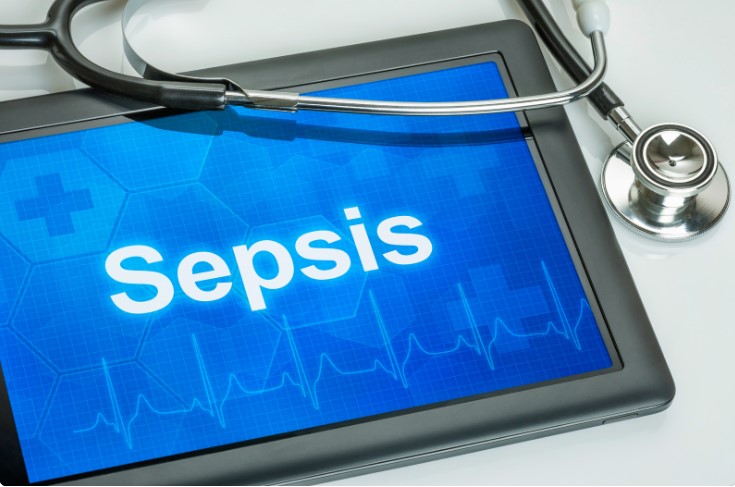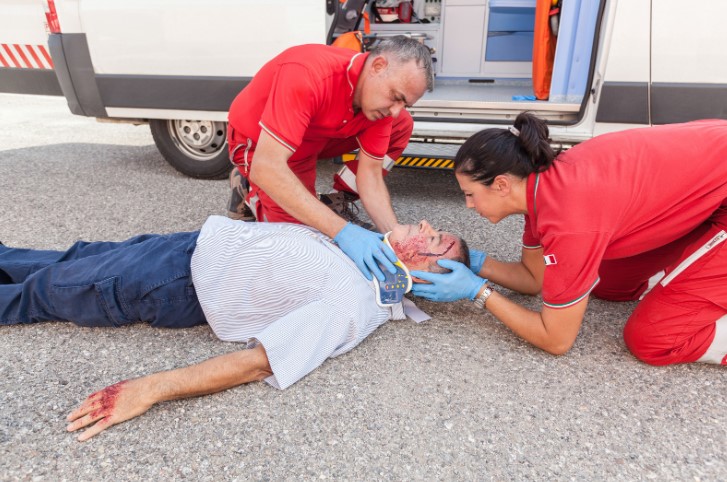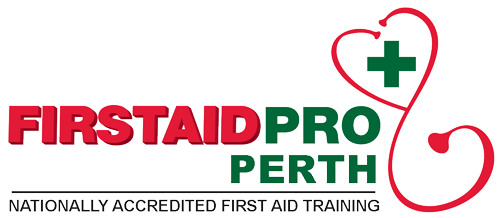Knowing the dos and don’ts of burn treatment is important because it can help prevent further injury or complications and promote faster healing. Following proper treatment protocols can help minimise pain, reduce the risk of infection, and prevent scarring.
The Importance Of Burn Care
Burns are injuries to the skin and underlying tissues that are caused by heat, electricity, chemicals, or radiation. They range in severity from minor, first-degree burns that affect only the outer layer of skin to severe, third-degree burns that penetrate deeply into the skin and underlying tissues.
If left untreated, burns can be painful and can cause significant tissue damage, fluid loss, and even death in extreme cases. Therefore, knowing how to provide proper burn care is crucial for anyone who may encounter a burn victim.
The importance of knowing burn care is multifaceted. But more importantly, proper burn care and first aid can help reduce pain and promote faster healing.
Dos And Don’ts Of Burn Treatment
Here are the dos and don’ts of burn treatment:
Dos:
Remove The Source Of The Burn: If the burn is caused by heat, electricity, or chemicals, the first step is to remove the source of the burn to prevent further injury.
Cool The Burned Area With Cool, Running Water For 20 Minutes: Cooling the burn with cool water can help reduce pain and swelling and prevent further damage to the skin and underlying tissues.
Cover The Burn With A Clean, Sterile Bandage Or Dressing: Covering the burn can help protect the wound from infection and promote faster healing.
Use Over-The-Counter Pain Medication (If Necessary): Over-the-counter pain medication, such as acetaminophen or ibuprofen, can help relieve pain associated with minor burns.
Seek Medical Attention (If Necessary): Severe burns that is deep or covers a large area require immediate medical attention. Signs of shock, such as dizziness, rapid heartbeat, or shallow breathing, may also indicate a need for emergency medical treatment.
Don’ts:
Do Not Apply Ice Directly To The Burn: Applying ice directly to the burn can damage the skin and underlying tissues and make the injury worse.
Do Not Apply Butter, Oil, Or Other Home Remedies: Applying home remedies, such as butter or oil, to the burn can introduce bacteria into the wound and delay healing.
Do Not Break Blisters That May Have Formed: Breaking blisters can increase the risk of infection and delay healing.
Do Not Use Cotton Balls Or other fluffy Materials On The Burn: Fluffy materials can stick to the wound and introduce bacteria into the wound, which can lead to infection.
Do Not Remove Clothing That Is Stuck To The Burn: Clothing or other materials that are stuck to the burn should be left in place, as removing them can cause further damage to the skin and increase the risk of infection.
Remember, these are general guidelines for minor burns. For severe burns or burns involving chemical exposure, always seek medical attention immediately.
When To Seek Help
Children and older adults are more susceptible to serious complications from burns. Seek medical help for conditions, including:
-
- If the burn is larger than 3 inches in diameter or covers a large area of the body
- If the burn is deep, appears white or charred, or affects multiple layers of skin
- If the burn is on the face, hands, feet, or genitals
- If the burn is caused by chemicals or electricity
- If the burn is accompanied by symptoms such as fever, chills, or rapid heartbeat
- If the burn does not heal after 2 weeks
- If the burn becomes increasingly painful, red, or swollen
- You experience difficulty moving a joint near the burn site or have trouble breathing
- You have a history of heart or lung disease, diabetes, or other chronic medical conditions.
In some cases, burns can be life-threatening, so seeking immediate medical attention can save lives.
Learn First Aid
Overall, burns are a common and potentially serious injury that require prompt and appropriate care. Knowing the dos and don’ts of burn treatment can help minimise pain, reduce the risk of infection, and prevent scarring.
It is important to understand the appropriate steps to take to treat burns and what actions to avoid to ensure the best possible outcome for the burn victim.
Taking a first aid course can equip individuals with the necessary knowledge and skills to respond effectively to burn injuries and other medical emergencies.
By taking a first aid course, you will learn the proper techniques for providing care in emergency situations. There are many options available, including online and in-person courses, that can provide valuable training in first aid and CPR.
By taking the initiative to learn first aid, you can be better prepared to help yourself and those around you in the event of an emergency. Remember, being knowledgeable and prepared can make all the difference when it comes to providing life-saving care.
Book a course today with First Aid Course Canberra.







